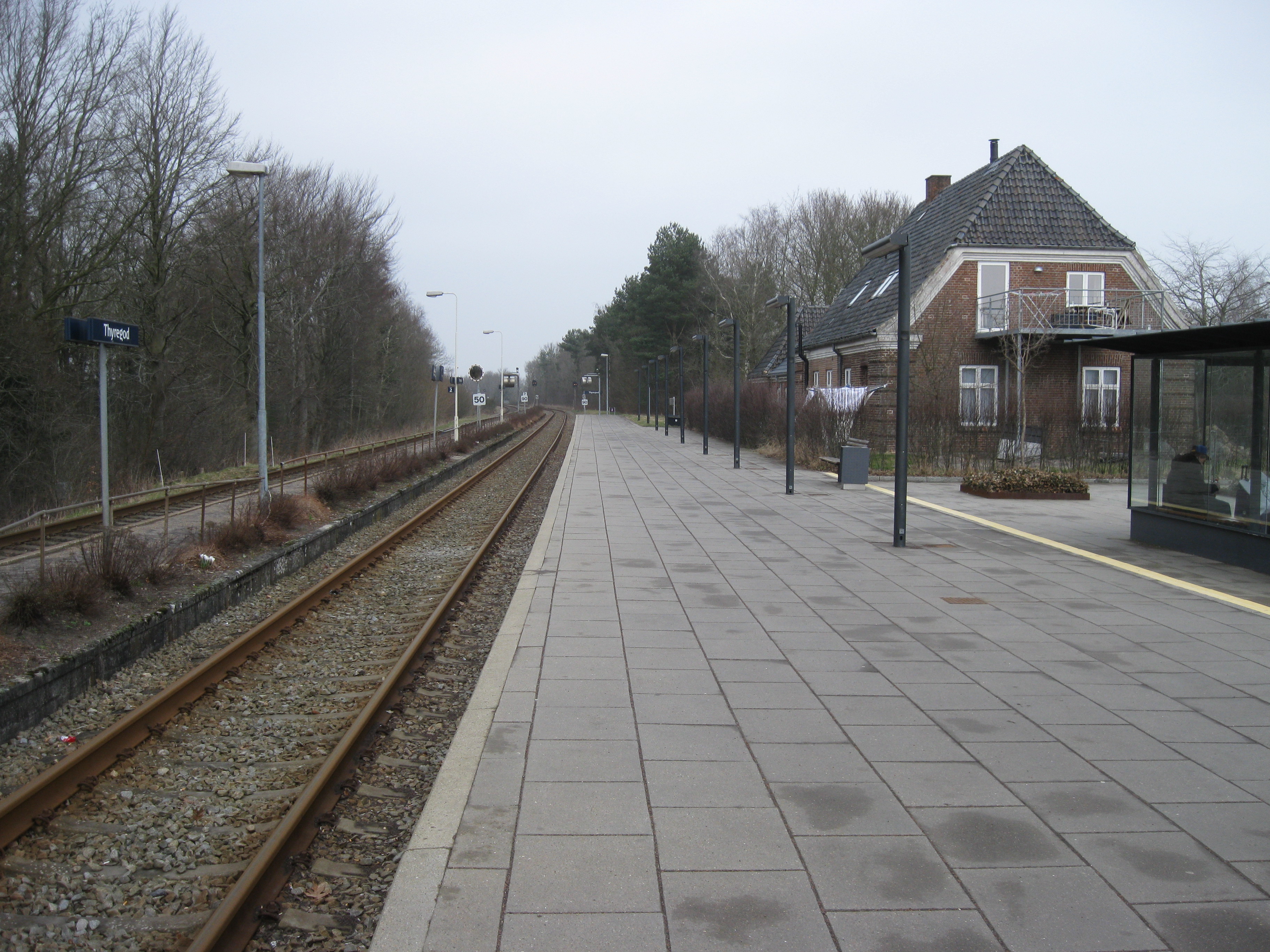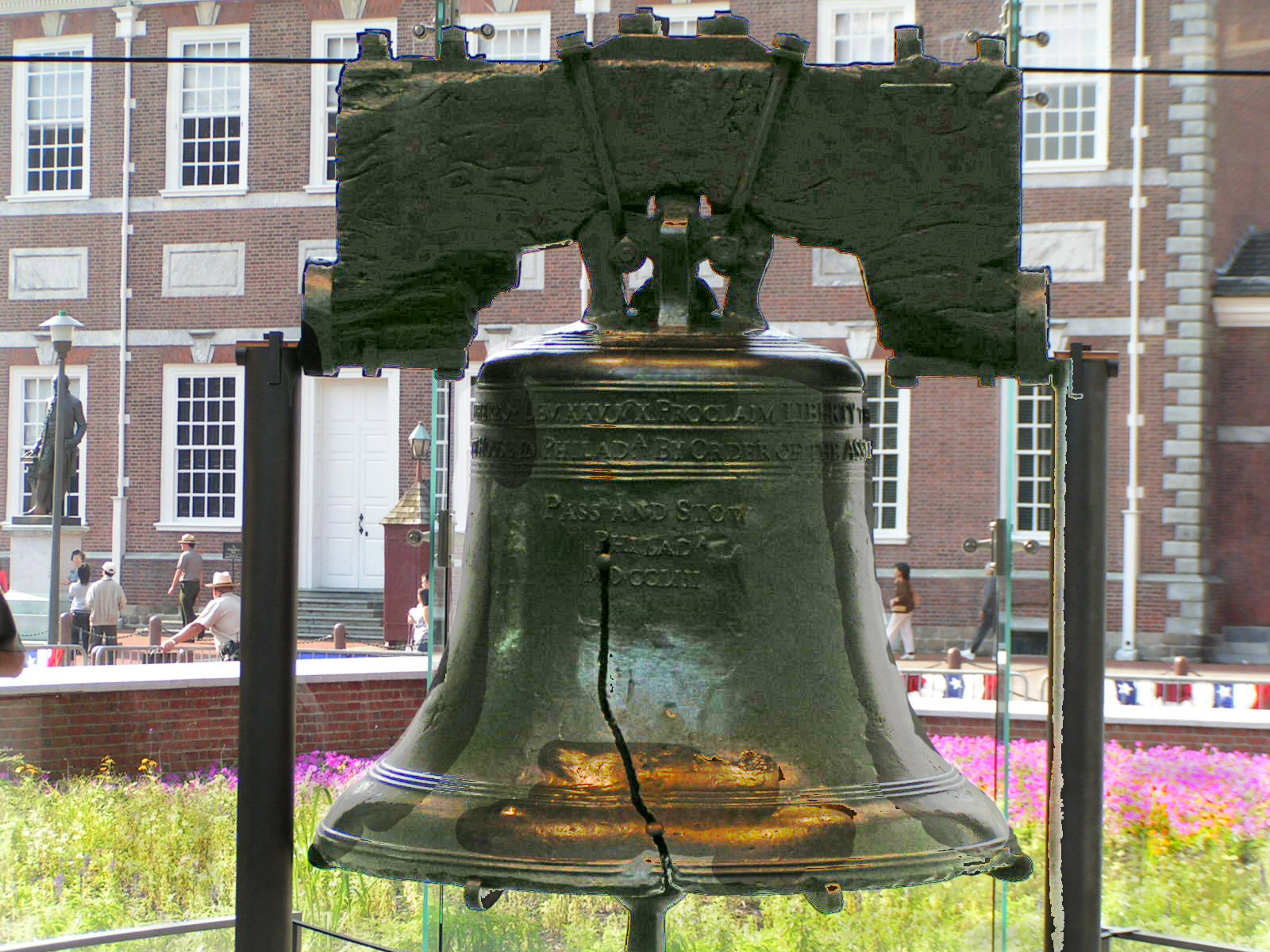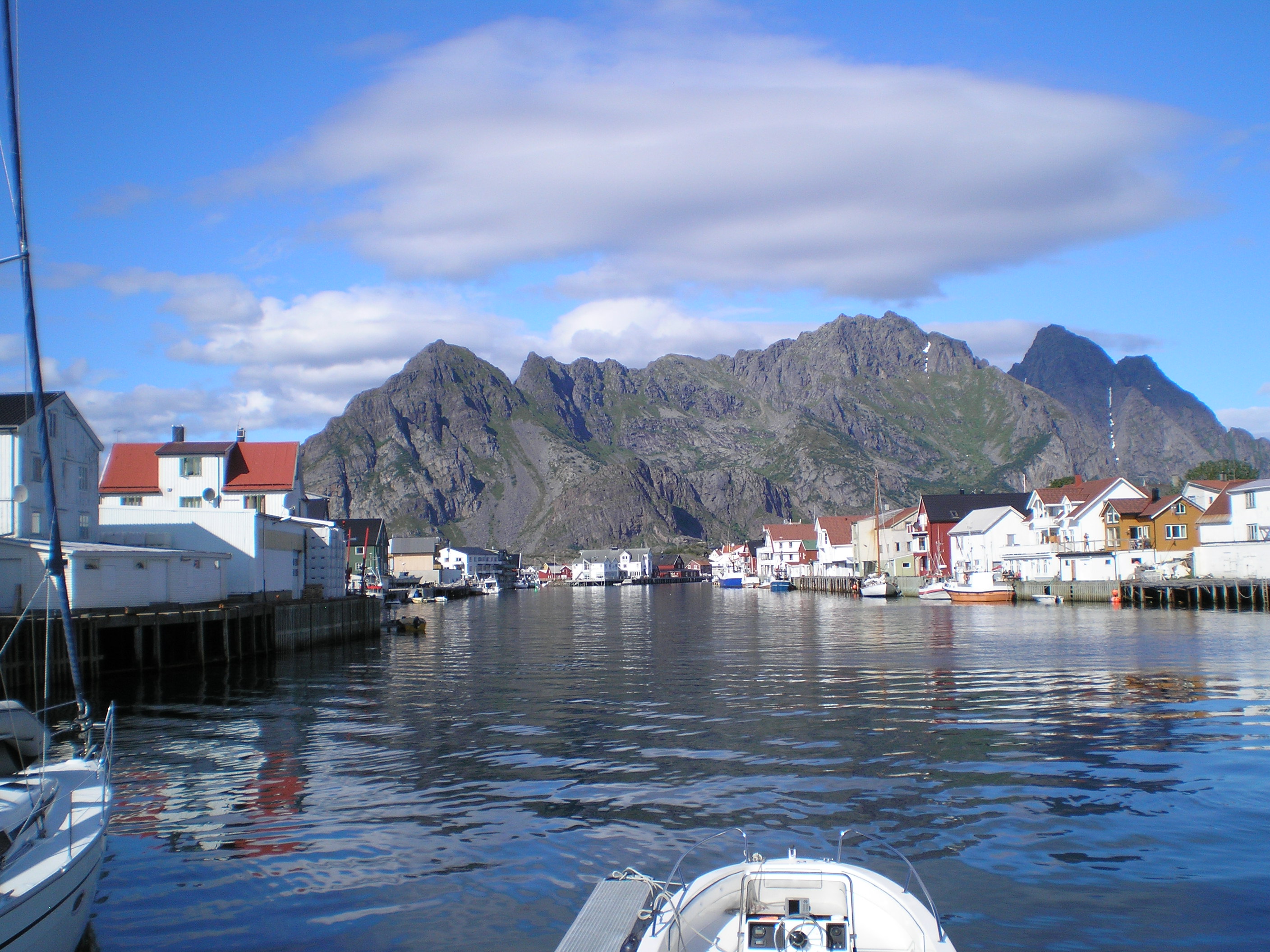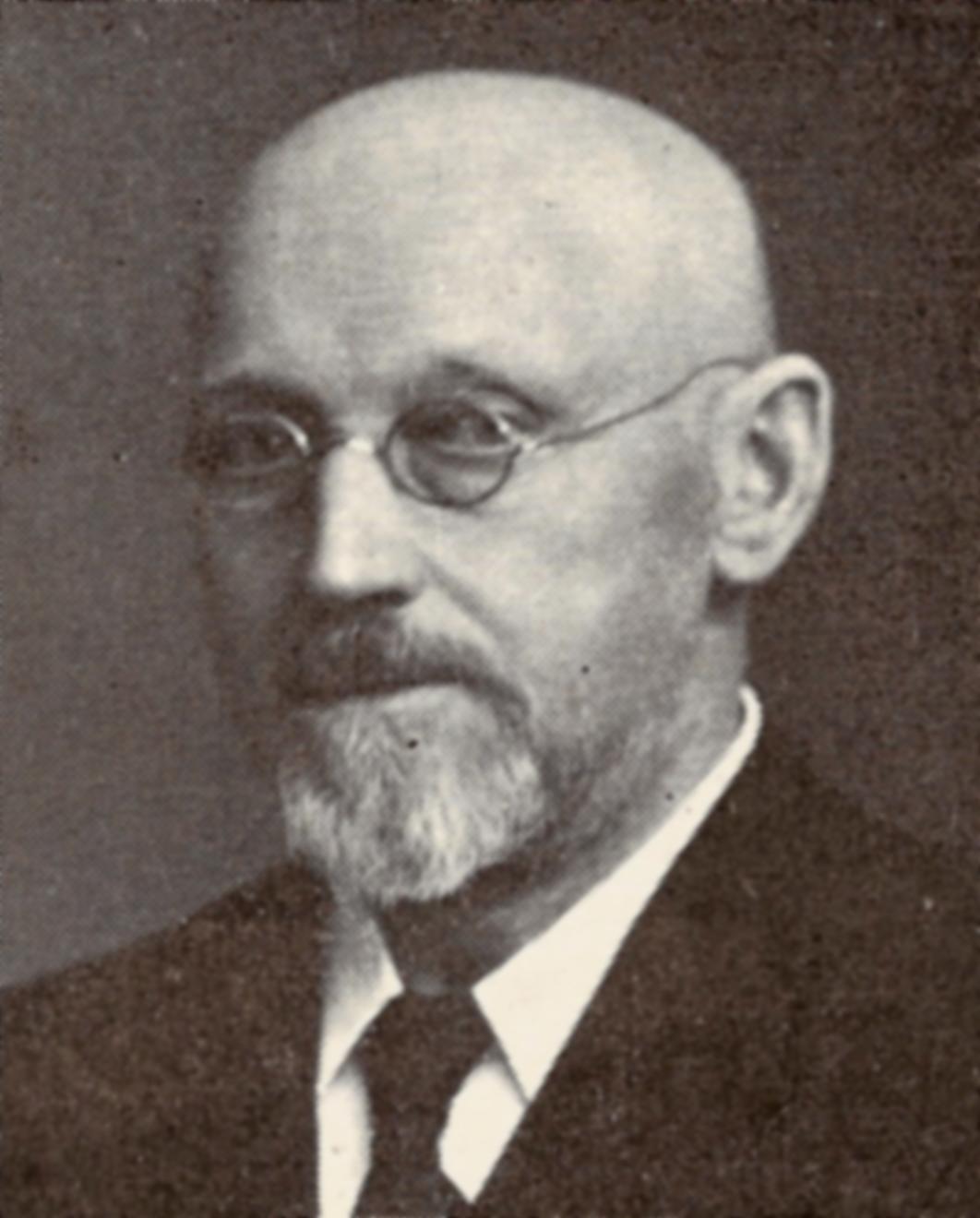I am now in the murkier parts of my ancestry. There are
still a few major cities I will get to write about, but after this generation,
nearly all of my ancestors came from small towns or villages. While I want to
visit many of these areas I will be writing about, they are mostly small towns
now, like Czudek, and therefore hard to find out information about. I will do
my best, though I will probably generally be relying on history of the country
in general and of the larger area to give me a view of the area. In some cases,
I do not even know for certain the area is a town or not, so I will try to make
it clear if I can. If you are from these areas, please do let me know if you
have more specific information on family or on the history of the area. I'd
love to hear about it.
My great-grandfather, Holger, was born in 1891 in a place
called Hindskov near the town of Thyregod in the municipality of Vejle,
Denmark. As it is such a small place, it is hard to find specifics on the area,
so I will focus on the larger Thyregod area. He, his father, and his
grandfather were all born in there.
Hindskov, from what I have been able to find, seems to be a
small farming community just south and to the west of Thyregod. I don't believe
there was anything much there aside from the farms, though now it houses a wind
farm and a recycling business that recycles cardboard and plastic. The name of
the town literally means "deer forest," though I have been unable to
find out why it was named this.
.JPG) |
| Thyregod Church |
Thyregod is a town in South Jutland with a population of
about 1400 today. It is the northernmost town in southern Denmark. The name of
the town is made of two Danish words: Tyr meaning ox, and Guth, meaning God in
Old Danish. In the 1800s, Thyregod was a local center of farm commerce, and
even had an inn and a poorhouse. Roads led out from town in many directions,
enabling farmers to bring their goods there to sell. There is a church that was
built in the 1100s, which is located right in the middle of the town. By the
1300s, it was established as a village, and by 1688, there were six farms in
the area. In 1888, the town got a dairy as well, in 1900 a co-op agreement
between the farmers and the grocers, and in 1903 a technical school opened
there.
 |
| NFS Grundtvig |
One of the most important people from the town of Thyregod
was a man by the name of Nikolaj Frederik Severin Grundtvig. He was confirmed
in Thyregod Church. He was one of the most influential people in Danish
history, giving rise to a form of nationalism in the last half of the 19th
century. He also influential to the rise of the co-op movement, which made it far
easier for farms to sell their produce and livestock. He was a churchman,
philosopher, poet, teacher, and politician, and greatly influenced the way
Denmark is even today.
My first absolute date for Thyregod for this branch of the
family is in 1822, when Knud Knudsen, Holger's great-grandfather, married his
wife, Ane Marie Hansdatter there. I assume they were the ones who began the
farm that my great-grandfather grew up at. Ane's family has even more
generations in Thyregod, going back three more generations, meaning that my
family lived in that area for at least seven generations. Some of Holger's
siblings' descendants still live in the greater area today.
Knud and Ane's son, Hans was born in 1824, and is the first
to be listed as being born in Hindskov. Hans's son Jens Christian, my
great-great grandfather, was born in 1858. They all farmed that land, though it
was not a hardy existence. Jens made money doing masonry in the area, and
taught his sons the skill, one of which was my great grandfather.
One of the main things to affect the family were the
Schleswig wars. The wars were fought over the lower part of Jutland where it meets
up with Germany. Both countries felt the territories were theirs, and
eventually erupted into war not once, but twice. The first war took place from
1848 to 1852, when one of the cities in the area in question set up their own provisional
government rather than adopt the Danish constitution. Denmark won that war. The
second took place in 1864. It was a direct result of the first war, with
Prussia and Austria invading the area after the Danish king died without an
heir acceptable to Germany. By the end of the war, Denmark seceded the State of
Schleswig to Germany. As an interesting side-note, the second war took place
just after the creation of the Red Cross, and so this was the first war where
they took part in helping those hurt by the war, as well as working as a
neutral intermediary between the parties.
Hans would have been 24 at the time of the first war, and
had died before the second began. I do not know if he was involved in the war,
though I do not believe he was. Jens was born only six years before the second
war began, so I am certain he was never involved, and as he was the eldest of
his siblings, I know they were not involved either. I do believe one of their
relations died in one of the wars. Despite their distance from the area
actually under conflict, they were nevertheless ready to defend what they felt
was their country, whatever it took.
 |
| Holger and most of his siblings before he left for America |
As I stated, Jens Christian made extra money for the family
by doing masonry in Thyregod, and taught the skill to at least one of his sons,
my great-grandfather, Holger. In the nineteen-teens, when the train station in
Thyregod was planned, they managed to get a contract to do some of the
bricklaying, and this was how my great-grandfather made the money that allowed
him to come to America. The station house he helped build was formally opened
in 1914
and still stands today.
 |
| Thyregod Station |
Holger made many visits back to see his family after coming
to live in America. Most notably a trip he took in 1916, where he met a young
woman travelling from Chicago to the middle of Sealand, where she had been
born. Holger and Oline, the woman he eventually married, fell in love on that
trip. When the boats were blockaded shortly after their arrival in Denmark,
Holger travelled from Hindskov to Fjenneslev, where her family lived, and
courted her. When they returned to America, the two settled in Cleveland and
married, raising their family there together until her death in 1929.
Their daughters visited with their father's family a number
of times while they were growing up, and even travelled to that part of Denmark
when they came to Europe to help in the cleanup after World War II. They stayed
very close with their father's family through their lives, and because of that,
Holger's family line is one of the most well-traced lines in my family tree
today.
 |
| Maggie (center) and her sister Marilyn with a cousin and several of Holger's siblings. |
Sources:
Hansen Family Tree

















